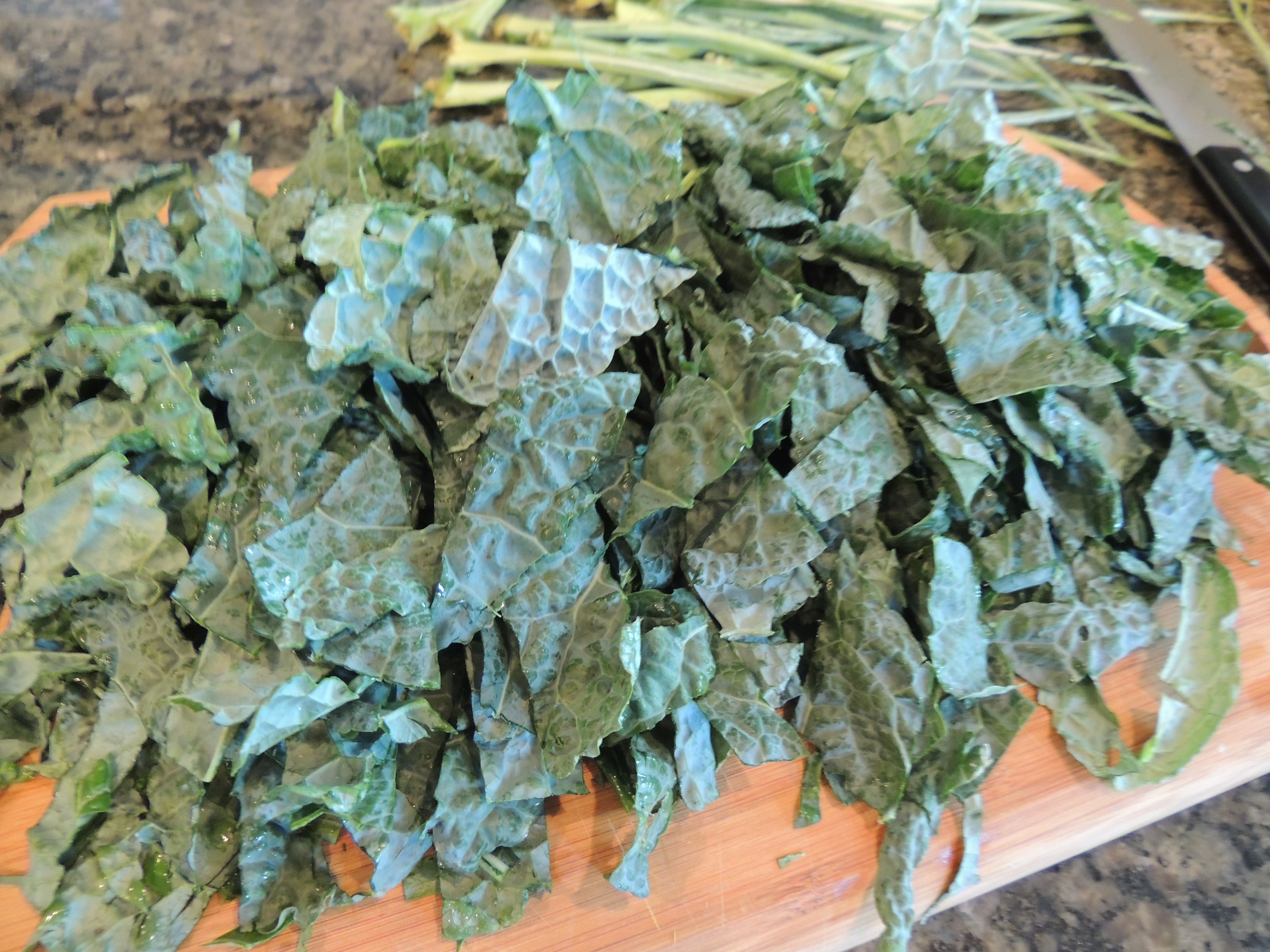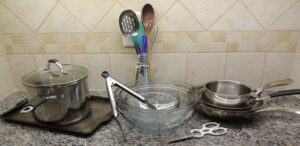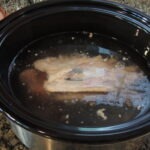On New Year’s Day, we made a special effort to go green, eat green, and make some green!
Part of our Southern New Year’s Day tradition includes eating greens (typically collards, kale or cabbage) to represent dollars in our wallet.
 But even if you don’t make lots of green in the new year, at least you’ll have a healthy start! Collards, kale and cabbage are cruciferous vegetables, which have been shown to fight cancer, help reduce cholesterol and provide anti-oxidants, vitamins and minerals that support overall health. See our recipe for Gingery Greens and Carrots.
But even if you don’t make lots of green in the new year, at least you’ll have a healthy start! Collards, kale and cabbage are cruciferous vegetables, which have been shown to fight cancer, help reduce cholesterol and provide anti-oxidants, vitamins and minerals that support overall health. See our recipe for Gingery Greens and Carrots.
Preparing your own New Year’s Day meal is also a good way to go green in the kitchen. By making food from scratch, you will generate less trash, save some money, and spend less time driving all over town. Curious what things you can easily make from scratch? Some of our favorites are:
- Salad Dressings
- Hummus
- Salsa
- Almond milk
- Dried Herbs
- Beans
(More on these ideas later!)
We always eat black-eyed peas (for pennies in our pockets) to go with our greens. You can make black-eyed peas from dried, frozen or canned peas. (Don’t forget to be green and recycle the cans!) See our recipe for Hoppin’ Johns, which is tasty and economical anytime of year.
We serve Hoppin’ Johns with rice, which we often buy (along with other grains) from the bulk containers now found in most grocery stores. You can save the small bags and reuse them the next time you go to the store. (And we hope you’re already bringing reusable grocery bags!) These are seemingly insignificant ways to go green, but imagine the impact of thousands of people taking these tiny steps. Look around your home and find more ways you can go green. Here are some of our tips:
- Recycle everything your community allows. Keep up, as it can change. If your community doesn’t recycle, you can likely find a recycling center nearby.
- Reuse as much as possible:
- Bring your own shopping bags
- Reuse plastic or paper bags for vegetables and bulk items
- Consider using mason jars for bulk items such as lentils, dry beans if you don’t have leftover plastic or paper bags.
- Wrap gifts in reusable cloth or bags
- Buy a good water bottle and stop buying bottled water
- Use white vinegar and water for mopping floors.
- Use non-toxic cleaning supplies or make your own. (Laundry detergent and cleaning solvent are EASY to make from scratch.)
- Compost kitchen scraps and yard waste (especially those fall leaves!).
- Donate used items instead of throwing them away.
- Consider ways you can reuse household items. Have an old t-shirt? It can be turned into the perfect rag!
Good resources:
Environmental Working Group: www.ewg.org
Healthy Child Healthy World: www.healthychild.org
Clean and Green: The Complete Guide to Non-Toxic and Environmentally Safe Housekeeping, by Annie Berthold-Bond

